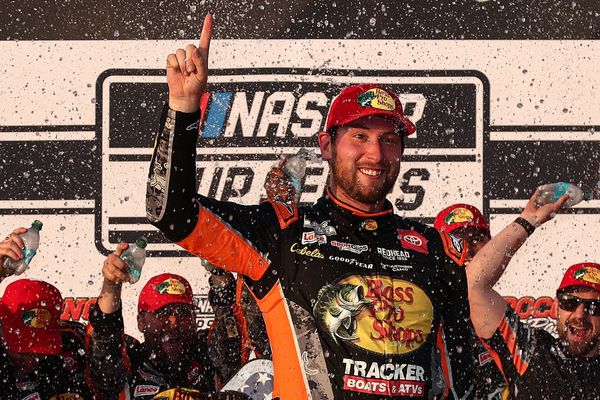
As the democratic world reeled over the Supreme Court-driven loss of abortion rights in the US, old media stumbled. Keep your head down, they instructed their reporters — we’re going to both-sides our way through this.
More evidence, if it was needed, that traditional media lacks the confidence to confront the crisis of democracy and human rights in Australia and the US driven by increasingly assertive, hard-nosed conservatives.
Coming so soon after Australia’s media failings in the recent election, it’s a reminder that the journalism emergency is global — or at least Anglosphere wide.
What happened in the US last week has been a reluctance to recognise that human rights are not just another blue between political players (like, say, Australia’s entertaining weekend spat over allocation of staff resources). What, after all, is the point of journalism in a liberal democracy if the media fail to focus the practices and ethics of the craft to defend human rights when power overreaches?
At the weekend, America’s largest commercial publisher, Gannett, started with a mealy-mouthed “respect all views to reproductive rights” before ordering its journalists: “You cannot use social media to take a political position … or express personal opinions about an outcome or ruling.” And more: see any colleague “posting inappropriate comments”? Dob ’em in!
The New York Times emailed some staff with a chin-stroking justification: “If our journalists are perceived as biased or if they engage in editorialising on social media, that can undercut the credibility of the entire newsroom.”
Rely on the social media platforms to take it all a step further, with a Meta internal memo on Friday directing staff not to discuss abortion or the Supreme Court decision on internal workplace channels due to a “heightened risk of creating a hostile work environment”.
And trust anti-union capital to main-chance it, with Starbucks promising to support staff members wanting an abortion — as long as they weren’t union.
Journalists pushed back. Former host of National Public Radio’s “It’s Been a Minute”, Sam Sanders, tweeted to his 200,000 followers: “The avoidance of the ‘perception’ of ‘bias’ ultimately means the only reporters to be trusted are those whose lives haven’t been directly touched by the issues and struggles they’re covering …
“It’s a default towards the most privileged in a newsroom. It’s a default to the men, to the straight people, to the white people, to the well-off.”
There’s already a real-life example of how that works in US media with The Washington Post directing reporter Felicia Sonmez not to write about sexual assault. As an assault survivor herself, it said, she couldn’t be trusted to be objective.
Wesley Lowery (who won the Pulitzer prize for his Black Lives Matter reporting) asked: “What if we premised our journalism and relationship with readers on the value that all humans deserve equal rights and thus an individual newsroom member tweeting in response to 50% of the population potentially losing bodily autonomy could never be said to undermine that trust”?
The call for a cool both-sides media is not demand driven. It’s what senior journalists think focus groups are telling them is the answer to the crisis of “trust” in journalism. The soon-to-be launched new global news start-up Semafor said last week it would “take the black box of the news article … and open it up on every axis” by splitting it up between “factual information, analysis from the reporter and a range of perspectives on the news”. (It also intends to make the writer’s name the same size as the headline, the one idea most journalists can get behind.)
The “say nothing so no one knows what you think” doesn’t come from the audience. It’s driven by risk-averse corporate suits. It’s what ABC insiders have long called “the pre-emptive buckle”, long the play-safe default of big media.
The answer is to be open about how the practices and ethics of journalism deliver the best possible approximation of “truth” available right now — turning complexity into an engaging simplicity without losing nuance. As Lowery said, it demands an objectivity of process, not a professed objectivity of thought.
Not all human rights get both-sided, of course. Freedom of expression? Or, rather, freedom of the press? Old media are happy for staff to be vocal about that. But by stripping that one right out of the broader human rights framework, corporate media turn this one point from a key democratic principle into a self-interested plaint.
Bringing “both sides” to a fight over individual rights delivers more than bad journalism. It legitimates the attackers, and aligns the media with the powerful.
That’s not what journalism was — or should be — built for.







